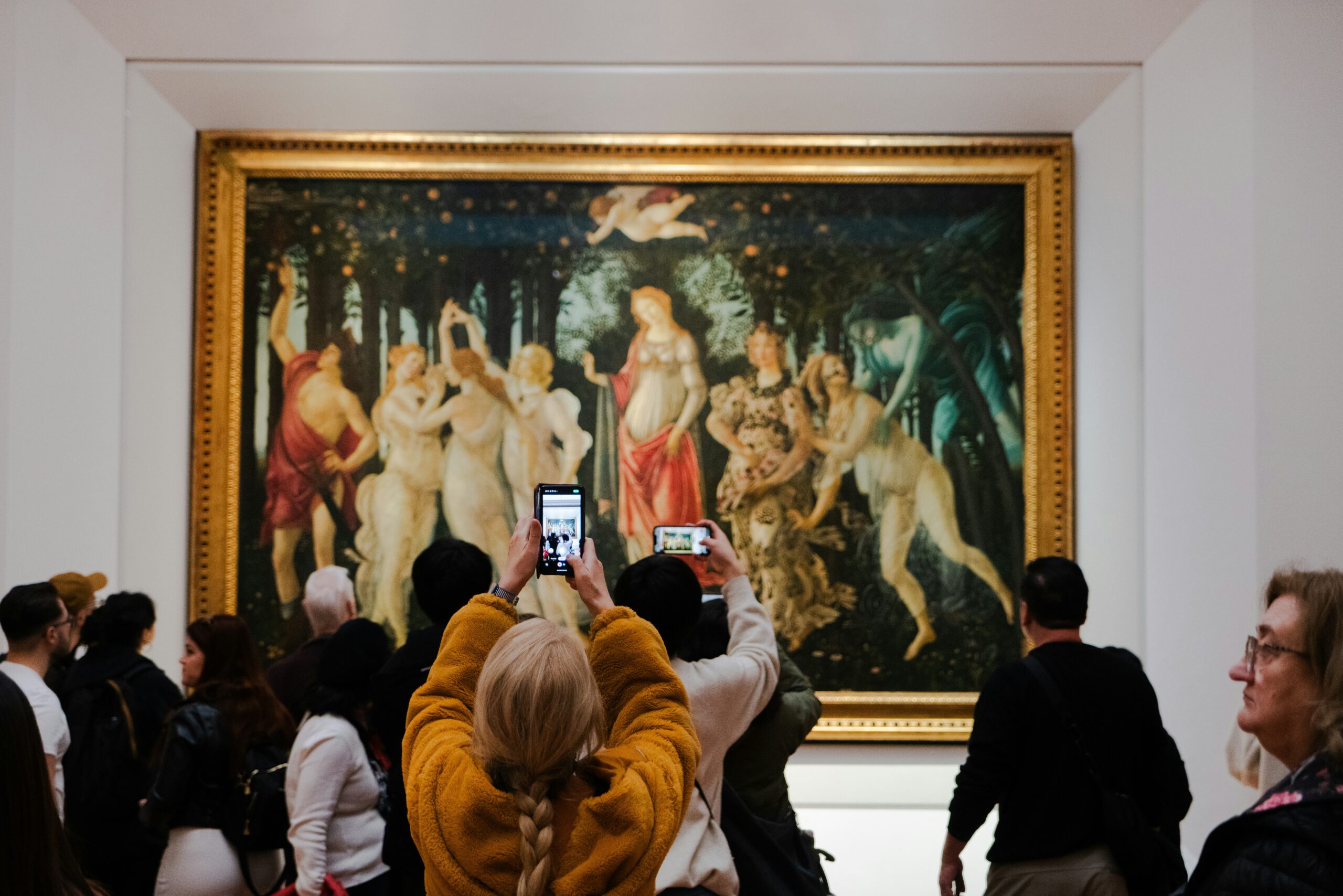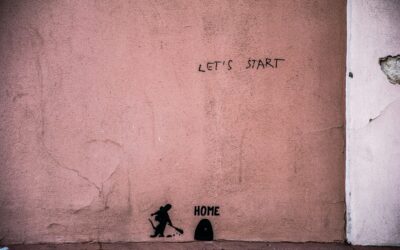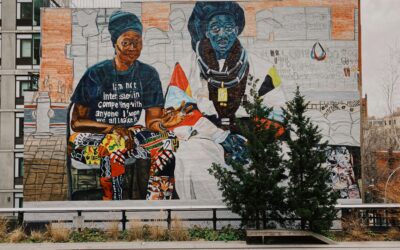Introduction to Art and Culture
Defining Art and Culture
Art and culture are two powerful expressions of human creativity and identity. Art refers to the diverse range of visual, auditory, and performing creations crafted by people to express ideas, emotions, and imagination. Meanwhile, culture embodies the customs, beliefs, traditions, languages, and values shared by a group of people across generations.
Together, art and culture form the heartbeat of civilization. They provide insight into the human spirit, offering a window into how people lived, thought, and evolved.
The Importance of Art and Culture in Society
Art and culture shape our worldview. They connect generations, preserve history, and build bridges between different communities. They offer more than just aesthetic pleasure — they promote empathy, creativity, and understanding. In schools, galleries, theaters, and city streets, these expressions nurture innovation, civic pride, and mental well-being.
Historical Evolution of Art and Culture
Prehistoric to Ancient Civilizations
From cave paintings in Lascaux to Egyptian pyramids and Mesopotamian ziggurats, art has long been a reflection of humanity’s search for meaning. Ancient cultures embedded stories, beliefs, and social systems into their art forms.
Medieval to Renaissance Era
The Middle Ages saw religious dominance in cultural expression, while the Renaissance reawakened classical ideals. This era introduced masterworks by Michelangelo, Da Vinci, and Shakespeare — all emphasizing realism, humanism, and beauty.
Modern and Contemporary Movements
From impressionism to surrealism, and cubism to abstract expressionism, modern art questioned norms and opened new avenues of self-expression. Today’s artists often merge traditional media with digital formats to comment on contemporary issues.
Types of Art Across Cultures
Visual Arts (Painting, Sculpture)
Visual arts span frescoes in Italy to ink paintings in China. Sculpture, too, ranges from African tribal carvings to Greek statues — each rooted in unique cultural narratives.
Performing Arts (Dance, Music, Theater)
Performing arts breathe life into culture through motion, sound, and storytelling. Indian Bharatanatyam, Brazilian samba, and Western ballet all express cultural emotion through rhythm and choreography.
Literary Arts (Poetry, Prose, Drama)
Literature serves as both record and rebellion. From Homer’s Odyssey to Chinua Achebe’s Things Fall Apart, writers narrate their people’s truths and transformations.
Cultural Expressions Around the World
Indigenous Traditions and Crafts
Handwoven textiles, oral storytelling, and natural dyes all speak to ancient wisdom. Indigenous cultures maintain harmony with nature and offer sustainable ways of living.
Religious and Spiritual Practices
Rituals like the Japanese tea ceremony or Sufi whirling in Turkey blend aesthetic grace with spiritual significance, reinforcing values and community bonds.
Festivals and Ceremonies
Carnival in Brazil, Diwali in India, and Chinese New Year all reflect the joy and identity of a people. These events blend art, music, costume, and tradition.
Art and Identity
How Art Reflects Personal and Group Identity
Art serves as a mirror for personal and collective identity. From graffiti that protests social injustice to traditional masks worn in tribal rituals, these creative expressions tell stories of belonging, resistance, pride, and pain. In communities marginalized by history, art offers a voice to reclaim identity and visibility.
Cultural Representation through Art
Cultural representation is vital for fostering inclusivity. When diverse cultures see themselves reflected in public art, media, or literature, it strengthens community cohesion. Artists from indigenous, migrant, or minority backgrounds often use their work to address stereotypes and celebrate heritage.
Globalization and Cultural Exchange
Positive Impacts of Cultural Exchange
Globalization has accelerated cultural exchange. Today, someone in Kenya can enjoy K-pop, while someone in France might study Japanese calligraphy. This cross-pollination enriches global perspectives, sparks collaboration, and promotes peace.
Challenges in Preserving Local Culture
However, globalization also brings risks. Traditional languages, rituals, and crafts can be lost under the weight of dominant global cultures. Cultural homogenization threatens the diversity that gives societies their uniqueness. Preserving local traditions in the face of such pressures is a global challenge.
Digital Transformation in Art and Culture
The Rise of Digital Art
Digital tools have democratized art creation. From NFTs (non-fungible tokens) to AI-generated paintings, artists now experiment with new forms and platforms. This digital evolution expands accessibility, allowing people worldwide to engage in art creation.
Virtual Museums and Online Cultural Events
Museums like the Louvre and the Smithsonian now offer virtual tours. Cultural festivals stream live on YouTube. These innovations make art and culture more accessible, especially for those in remote areas or with physical limitations.
Cultural Institutions and Their Roles
Museums and Art Galleries
Museums preserve humanity’s memory. From the British Museum to the National Museum of Anthropology in Mexico, these institutions protect artifacts that narrate the story of civilization.
Cultural Centers and Libraries
Local cultural centers foster community bonding through dance classes, language lessons, and storytelling nights. Libraries remain hubs of knowledge, history, and cross-cultural learning.
UNESCO and International Organizations
Organizations like UNESCO recognize and protect World Heritage Sites and intangible cultural heritage, from Machu Picchu to Mongolian throat singing. Their work ensures that global culture is celebrated and safeguarded.
Art Education and Cultural Literacy
Role in Schools and Universities
Art education nurtures critical thinking, creativity, and emotional intelligence. Through painting, drama, and music classes, students learn to understand themselves and others. Universities also offer cultural studies programs that promote inclusivity and historical awareness.
Community-Based Cultural Learning
Workshops, artist residencies, and local festivals offer informal education. They pass down traditional skills, from pottery-making to folk dancing, ensuring that culture lives beyond the classroom.
Economic Contributions of Art and Culture
Tourism and Cultural Heritage Sites
Cultural tourism drives billions of dollars globally. Tourists flock to places like the Taj Mahal, Angkor Wat, and the Eiffel Tower not just for beauty, but for the stories they represent.
Creative Industries and Employment
From film and fashion to music and gaming, the creative sector generates millions of jobs. Countries like South Korea and the UK have leveraged culture as a key economic asset.
Art Therapy and Cultural Healing
Emotional and Psychological Benefits
Art therapy helps individuals process trauma, grief, and mental health challenges. By drawing, dancing, or storytelling, people find safe spaces to express emotions they can’t articulate with words.
Cultural Healing Practices
Cultures around the world use art for healing. Native American drumming, Tibetan mandala making, and African praise poetry are examples of how communities use tradition and art for emotional restoration.
Youth Involvement in Art and Culture
Engaging the Next Generation
To keep art and culture alive, youth must be engaged. Schools, NGOs, and local artists are creating interactive programs to involve children and teens in cultural storytelling and craft.
Youth-Led Art Initiatives
Young people are leading change. From climate murals to spoken word festivals, the younger generation is using art to raise awareness and advocate for justice, environment, and equality.
Preservation of Cultural Heritage
Challenges in Conservation
Natural disasters, urbanization, neglect, and conflict threaten historical monuments and intangible heritage. Restoring these requires funding, expertise, and community engagement.
Efforts by Governments and NGOs
Governments and nonprofits are digitizing archives, restoring monuments, and funding apprenticeships in endangered crafts. These efforts protect not just art, but identity and memory.
Cultural Policy and Governance
National and Local Policies
Governments shape cultural life through funding, education, and legislation. Policies that support cultural festivals, arts grants, and heritage conservation make a big difference in sustainability.
Funding for the Arts
Public and private funding is essential for artists and institutions. Philanthropic foundations and state programs offer fellowships, exhibitions, and operational support to keep culture thriving.
Case Studies of Cultural Renaissance
Japan’s Blending of Tradition and Technology
Japan excels at combining ancient customs with futuristic technology. From tea ceremonies in robot cafés to digital kabuki performances, Japanese culture honors the past while embracing the future.
Revival of Indigenous Arts in Latin America
Countries like Peru and Guatemala are seeing a resurgence in traditional weaving, music, and storytelling, often led by indigenous women reclaiming their ancestral knowledge.
Frequently Asked Questions
1. Why is art and culture important in our daily lives?
Art and culture enrich our lives by promoting creativity, empathy, and understanding. They connect us to our history and each other.
2. How does art influence culture?
Art reflects and shapes cultural values, traditions, and identities. It can challenge norms and inspire social change.
3. What is the role of culture in education?
Culture in education fosters diversity, teaches heritage, and enhances global awareness among students.
4. How do digital platforms impact cultural preservation?
Digital tools help archive, share, and teach traditional arts, making them accessible to future generations worldwide.
5. Can art help with mental health?
Yes. Art therapy and cultural practices offer emotional release, stress relief, and a sense of community.
6. What are examples of cultural heritage sites?
The Pyramids of Egypt, the Great Wall of China, and Machu Picchu are just a few examples recognized by UNESCO.
Conclusion: The Timeless Relevance of Art and Culture
Art and culture are not luxuries — they are essentials. They connect us to our past, shape our identities, and inspire our future. In an increasingly digital and globalized world, honoring and preserving cultural diversity is more important than ever. Whether through a child’s drawing, a street mural, or an ancient dance, culture lives on — reminding us who we are and who we can become.




